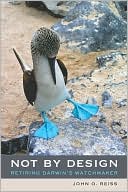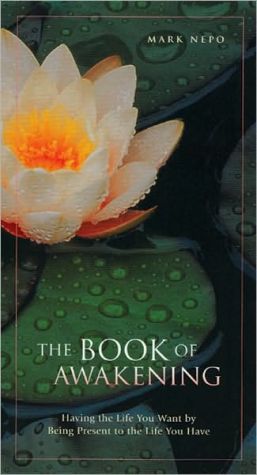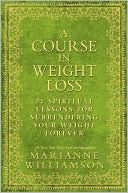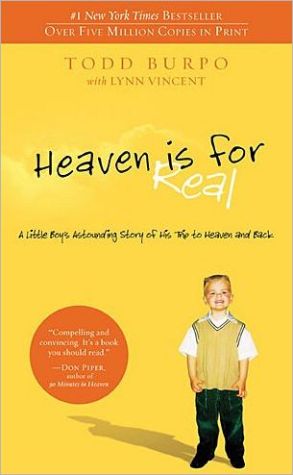Not by Design: Retiring Darwin's Watchmaker
Search in google:
"Charles Darwin described natural selection in two ways: devoid of purpose or direction and as a teleological agent sorting through heritable variation. Evolutionary biologists today repeat Darwin's divergent rhetoric. In this fine book, John Reiss helps us to rid all teleology from evolutionary biology."—William Provine, Cornell University"Anyone who thinks they understand how natural selection works as an evolutionary process ought to read this book. You do not need to agree with Reiss to benefit from his ideas."—Günter Wagner, Yale University
Preface: Beyond the Design Metaphor xiiiPart 1 Prolegomena 11 The Problem 3Teleology and Natural Selection 4A Role for History 5Overview of the Book (and How to Read It) 62 Philosophical Background 9Teleological Explanation: Intentional, Representational, and Conditional 9Teleology and Necessity 12A Taxonomy of Teleology 13The Principle of the Conditions for Existence 17The Conditions for Existence and the Weak Anthropic Principle 19Natural Selection and the Argument from Design 20The Conditions for Existence and Evolutionary Explanation 22The Function Debate 24Part 2 How Did We Get into This Mess? From Socrates and Lucretius to Cuvier and Darwin 293 Design versus the Epicurean Hypothesis:Two Thousand Years of Debate 31The Teleogists: Socrates, Plato, and Aristotle 32Empedocles and the Atomists 38The End of the Classical Era and the Rise of Christianity 41The Scientific Revolution and the Revolt against Teleology 43Rational Theology and the Argument of Design: The Later Seventeenth Century 45The Deists, the Platonists, and the Rebirth of Natural Theology 48The Mechanical Philosophy and the Argument of Design: Boyle, Ray, and Newton 514 Materialism, Teleology, and Evolution in the Enlightenment 57The Origins of the Enlightenment: Bayle 57The Philosophes, Materialism, and Lucretius (1744-1750) 59Buffon, Maupertuis, and the Birth of Evolutionary Theory (1749-1755) 64The Later Enlightenment: d'Holbach and Hume 71Kant and the German Enlightenment 74The Critical Philosophy 785 Cuvier and the Principle of the Conditions for Existence 85Biographical Background86Cuvier's Project in the Context of Enlightenment Science 95The Enunciation of the Principle and Its Place in Cuvier's System 98The Philosophical Origins and Significance of the Principle 103The Influence of the Principle in France and Germany 1136 Darwin, Natural Theology, and the Principle of Natural Selection 121Adaptedness and Existence in British Natural Theology 122The Conditions for Existence Meet Natural Theology 124Geology and the Explanation of Life's History 126Darwin, Extinction, and Evolution 128Darwin and the Conditions for Existence 136Wallace and the Conditions for Existence 141Darwin, Wallace, and Inheritance 145Evolutionary Controversies before the Synthesis 146Part 3 Evolution in Mendelian Populations: Teleology Gets Mathematical 1517 Existence and the Mathematics of Selection: The Adaptive Landscape versus the Fundamental Theorem 153Mendelism, Selection, and the Modern Synthesis 154Rates of Increase in Mendelian Populations 155Fitness in Population Genetics 164Ironing Out Wright's "Surface of Selective Value" 166The Genesis of Wright's Surface 171Fisher and the Fundamental Theorem 177What Is Selected? 182Fisher's Geometrical Model of Adaptedness 184The Reemergence of the Adaptive Landscape 1868 Population Growth, Genetic Load, and the Limits of Selection 191Variance in Rate of Increase: The Opportunity for Selection (and Drift) in Natural Populations 192Standardized Variance versus Population Growth: Data 195Standardized Variance versus Population Growth: Mathematical Considerations 201Genetic Load: The Dark Side of Natural Selection 205Limits to Selection and the Standardized Variance in Rate of Increase 213Genetic Load and Genetic Deaths 215The Measurement of Total Selection in Existing Populations 216Population Growth, Selection, and Standardized Variance 218Partitioning the Variance in Rate of Increase across the Life Cycle 2209 Natural Selection and Genetic Drift: Their Role in Evolutionary Change 225What's Really Going On? 227Model Populations 230The Hagedoorns, Fisher, and the Origins of Genetic Drift 234The "Sewall Wright Effect" 236Drift and the Neutral Theory of Molecular Evolution 238Molecular Tests of Drift and Selection 239Problems in Paradise 242Drift and Mutation Pressure in Phenotypic Evolution 250Part 4 The Conditions for Existence and Evolutionary Biology 25510 Adaptedness, Natural Selection, and the Conditions for Existence 257Adaptation versus Adaptedness 258Adaptedness of What? 259Adaptedness, Adaptation, Function, and Natural Selection: How Are They Related? 262Empirical Studies of Evolution: Bacteria, Peppered Moths, and Darwin's Finches 26711 How to Talk about Macroevolution 279The Explanatory Role of Natural Selection: The Mechanism and the Principle 280Teleology and the Terminology of Selection 285Constraints: By What and on What? 292The Conditions for Existence in Macroevolutionary Explanation: The Origin of Bird Flight 29712 The Conditions for Existence as a Unifying Concept in Evolutionary Biology 313Quantitative Genetics and the Conditions for Existence 313Levels of Selection and the Conditions for Existence 319Evo-Devo and the Conditions for Existence 326The Ecological Niche and the Conditions for Existence 330Physiology and the Conditions for Existence 339Conservation Biology, Genetic Load, and the Conditions for Existence 346Conclusion 353Epilogue: Evolutionary Biology and Intelligent Design 355Glossary 357References 361Index 401








